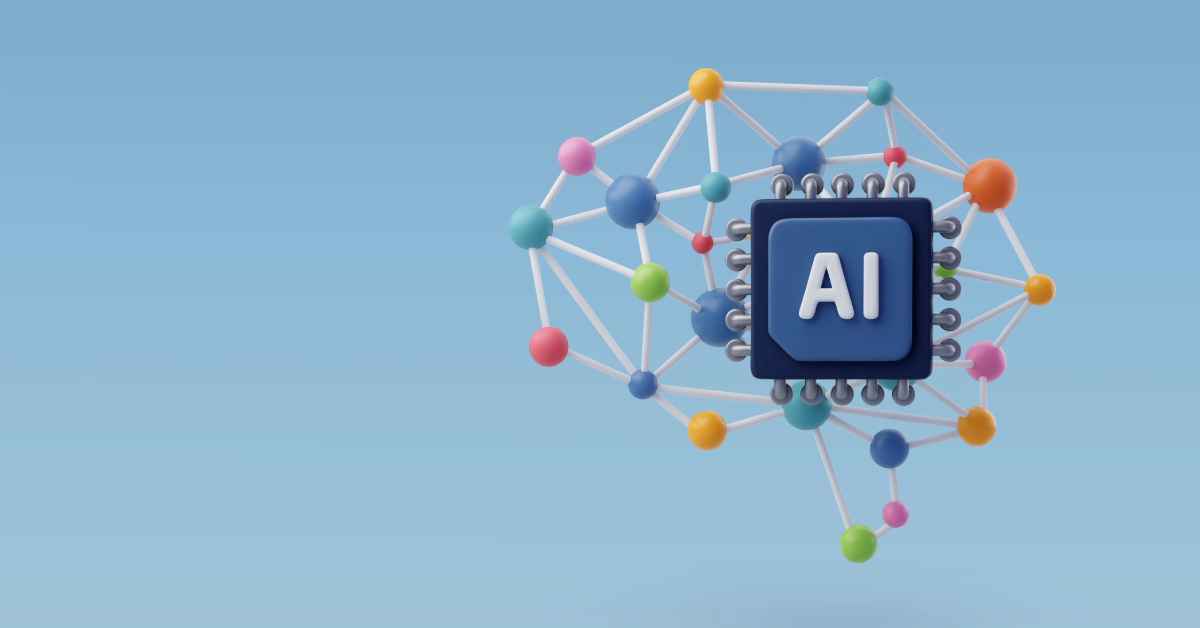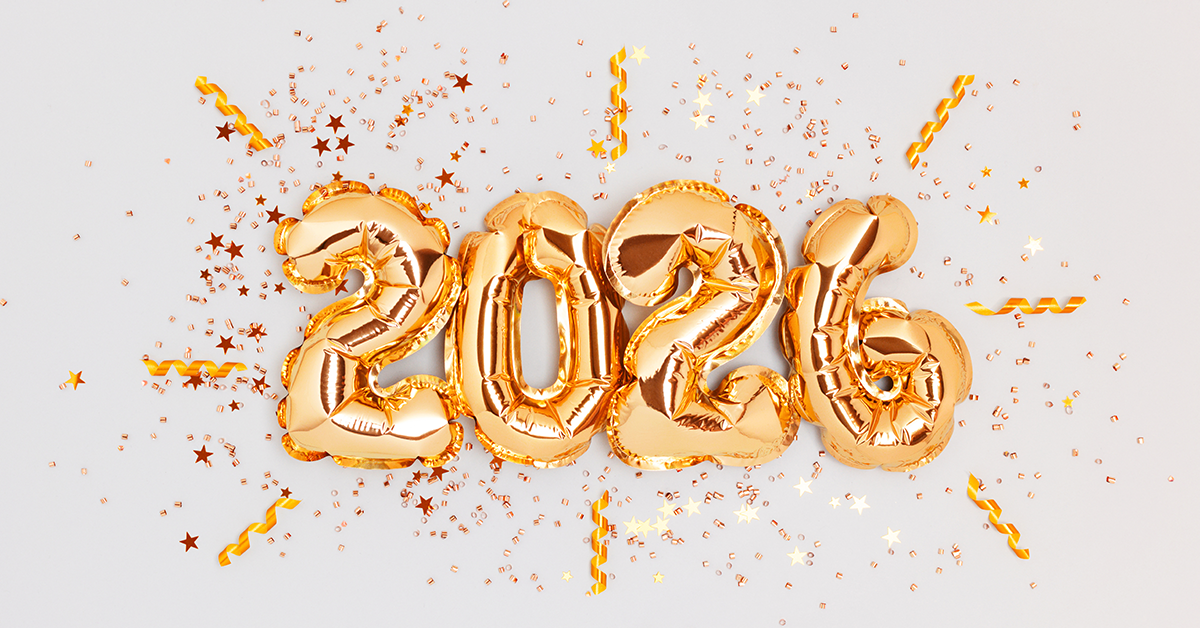Our first webinar of 2023 was a resounding success. We had so many questions from our viewers that we couldn’t answer them all live. We have however included all of your website questions in this blog.
And if you missed our webinar “6 Common Website Mistakes and How to Avoid Them” don’t worry, you can watch it on demand here.
Q: What are the different types of website structures?
A: There are 3 main types of website structure:
- Basic or hierarchical structure – This is where the home page leads to sub categories and subpages.
- Linear or sequential structure – These websites follow a sequence (imagine reading a book – you start at the beginning and finish at the end).
- Webbed structure – This is where a user generally enters through the homepage and links out to another page. All pages are linked to each other on the web.
Q: Why is website structure important?
A: Structure helps keeps things organised. Website structure is important as it helps Google understand what pages of your website are important. A good structure also helps a user navigate your website.
Q: What are the types of website navigation?
A: When it comes to navigation it is best to stick to standard navigation. Here are a few of the standard types of navigation:
- Header menu – Your standard menu at the header of your page.
- Footer menu – A menu that is at the foot of your page.
- Side menu – This menu appears at the side of the page.
- Hamburger menu -.This menu is often used in mobile design, allowing more of the content to be seen. When a user clicks on the hamburger menu, there are options for them (that would ordinarily be on a header menu)
You can use a combination of two, such as a header and footer menu (just like we do on our website). The header gives an overview of the website, whereas our footer menu contains more in-depth options.
We recommend that you take the time to look at your competitor’s websites and see what they do. You want your website to stand out, but when it comes to navigation design, people want tried and tested methods.
Q: Why is website navigation important?
A: Website navigation helps to guide a user through your website. A website with good navigation can ensure that people keep coming back to your website (and that is a great indicator to Google that your website is authoritative.
Q: What are the types of websites?
A: There are many different types of websites out there and the most common ones are:
- E-commerce websites – used for selling products.
- Blogging websites – used to highlight experience and drive traffic to your website.
- Brochure websites – for highlighting your products and services.
- Business websites – used to establish a brand identity.
- Portfolio websites – used to highlight what a person or business has done.
- Event websites – used to promote events and provide information on that event.
Some websites may have more than one feature. For example, an e-commerce store could have a blog on how to use their products.
Q: Why do I need a website?
A: The benefits of having a website can be enormous for a business, and most of these benefits increase exponentially every year. A website is necessary for the following reasons:
- A website makes you credible and builds trust.
- You can attract new customers through Google by optimising your website for search engines.
- Customers will be able to find answers and contact you with ease.
- Websites allow you to showcase your business and gain recognition in your field.
- You can track your customers’ habits and your online performance.
Q: What is helpful content?
A: Helpful content is content that is written for humans, not search engines. Google’s Helpful Content update rewards content that meets users’ expectations, while penalising content that doesn’t. In essence, you want your content to be trustworthy, credible and featuring your expertise.
Q: What is a CTA?
A: A call to action is a marketing term that refers to the next step a marketer wants its audience or reader to take. For example, it can instruct a reader to click a button to complete a sale, or it can simply move the audience further along towards becoming a customer of your company’s products or services.
Q: Why is my mobile lighthouse score lower than on my desktop?
A: Mobiles generally have a slower processor speed which can affect your lighthouse score. Even if you have optimised your page for mobile, it will still be lower than a desktop speed.
Q: How do you integrate third-party software e.g., payment gateway, certifications, awards etc?
A: A lot of this depends on what you are using to host your website. If you have built your site using WordPress or Wix for example, there are plugins available to allow a smooth integration of third-party software. Our web design page can help you see what services we offer, including website design, site maintenance, support, content creation, SEO, logo design and full company rebranding.
Q: Do LOCALiQ offer website services?
A: Indeed we do! If you would like to have a free consultation, then contact us today.
Q: We need to make changes to our website. How do we make daily changes?
A: This can depend on many things, from if you self-manage your website, to the type of site your website is designed on.
If you’re self-managing, but don’t have a great deal of expertise when it comes to websites, it’s worth conducting a basic site audit and tackling any less-technical problems, such as adding in CTAs, reducing image sizes etc. If you find that the changes that you need to make are more technically advanced, it may be worth liaising with an agency that can help you implement them.
Make sure you make a note of any changes. Remember, it can take time for the changes to have any effect on the SERPs
Q: I’m not sure which page to make the landing page, or where to put pricing. What would you recommend?
A: Your landing page can be any page you like. Some websites have a landing page separate from their other pages, when you create your landing page, it should only have a single call to action on it. So, if you want to get people to sign up for your newsletter then the CTA is to sign up for the newsletter.
Pricing could be a page on its own. Have a look at your competitors’ websites. This may give you some idea as to what you need to do.
Q: Would you advise separate landing pages for people searching from different regions?
A. You can if you are specifically targeting a certain market with a campaign, or you can do a general one. It all comes down to what your business strategy requires.
Q: How do you drive traffic to your website?
A: There are many ways you can promote your website; blogs are a good way to start pushing traffic. Make sure you use great visuals in your blog as this can also help you place for image searches. You should promote your website on social media and get a newsletter that can drive traffic. You can also do some paid for advertising, using PPC, or even paid social ads.
Q: How can we prove to Google we are a trustworthy business?
A: You can start a blog and try getting links from other sites that Google sees as trustworthy. Also, get your business verified using Google Business Profile. They will send a postcard to your address for you to verify your location (this really helps for local search too). Make sure you get customer reviews. Continual good reviews will indicate to Google that your business is trustworthy.
Q: Is it ok to ask for a flow diagram from someone making a website?
A: Flow diagrams can be a great way to understand a website structure.
Q: What frequency of your main keywords would you advise on a webpage? Is there a sweet spot not to under or overuse a specific keyword?
A: It is best to focus on good content that customers want. You should use keywords in a natural way. As an example, in this instance, if the keyword was “Keyword”, you can see that we have used it naturally.
If you’re interested in learning more about websites the following resources might be of interest:
- What Is Website Structure and Why Is It Important?
- A Guide to Creating Website Marketing Strategies for Small Businesses
- Free Basic Website Audit Template






